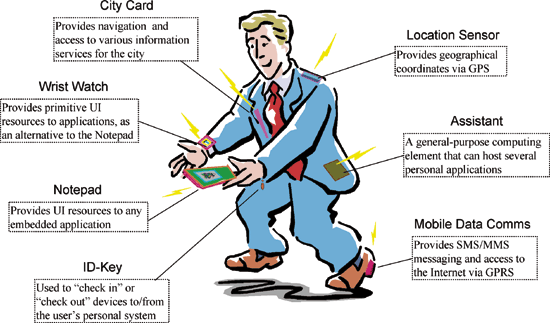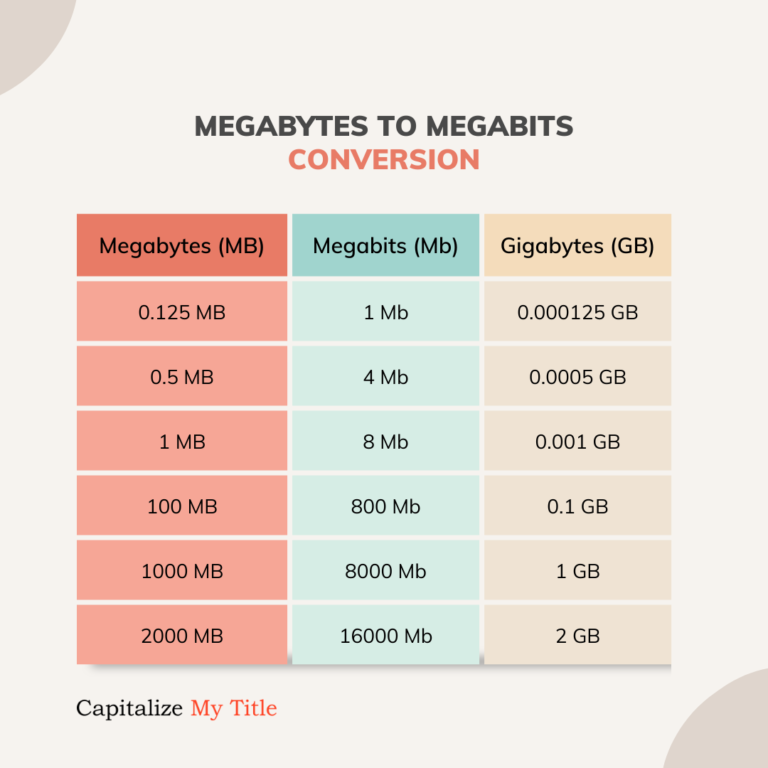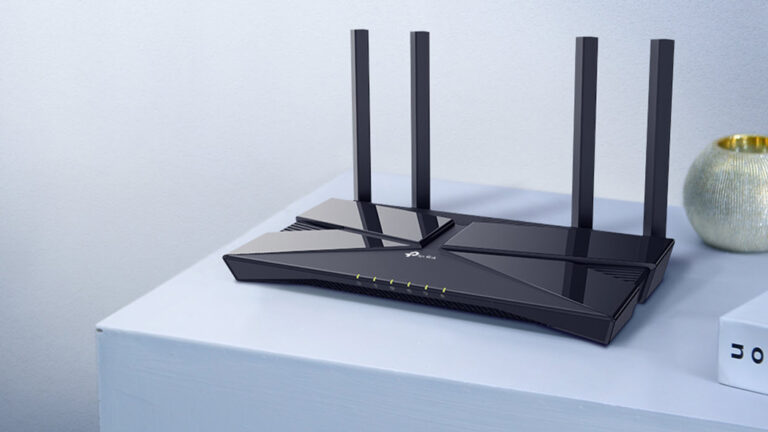What Are The Applications Of Wearable Systems?
Wearable systems are not a new concept, but they are gaining in popularity as technology advances and the Internet of Things continues to expand. Wearable systems are electronic devices that are worn on the body, either as a single device or as part of an ensemble. They can be used for a variety of purposes, from tracking physical activity to monitoring medical data. Wearable systems can also be used to provide audio, video, and other sensory information to the user. They can also be used to interact with a user’s environment, such as controlling a home appliance or communicating with a virtual assistant. The most common application of wearable systems is fitness tracking, where the device records data about the user’s physical activity and can be used to set goals and track progress. Wearable systems can also be used to monitor vital signs, such as heart rate, blood pressure, and respiratory rate. These systems can be used to detect and alert medical professionals to any health issues that may occur. Other applications include providing audio, video, and other sensory information to the user. Wearable systems can also be used to control home appliances, lock and unlock doors, and communicate with a virtual assistant. With the rise of the Internet of Things, wearable systems are becoming increasingly popular and offer a wide range of applications.
Overview of Wearable Systems
Wearable systems are quickly becoming a part of everyday life. From fitness trackers to smartwatches and even augmented reality glasses, wearable technology is everywhere. But what are the applications of wearable systems? In this article, we’ll examine the different applications of wearable systems, from health and fitness to gaming and entertainment. We’ll also explore the potential benefits of using wearable systems and look at the challenges associated with their implementation.
From health tracking devices to virtual reality glasses, wearable systems have a wide range of applications. Fitness trackers are designed to monitor your physical activity, such as steps taken, calories burned, and heart rate. Smartwatches keep you connected to your phone, sending notifications and reminders right to your wrist. And augmented reality glasses let you experience a virtual world right in front of your eyes.
Wearable systems have the potential to improve our lives in a variety of ways. For example, fitness trackers can help you stay on track with your exercise goals and remind you to stay active. Smartwatches can help you stay connected without having to constantly pull your phone out of your pocket. And augmented reality glasses can provide an immersive experience unlike any other.
However, there are still some challenges associated with wearable systems. For example, battery life is still a major issue for many wearable devices. Additionally, there is concern about the security of the data collected by these devices, as well as the potential for them to be hacked.
Overall, wearable systems have a wide range of applications, from health and fitness tracking to gaming and entertainment. Although there are still some challenges associated with their implementation, the potential benefits of using wearable systems make them an attractive option for many people.
Benefits of Wearable Systems
Wearable systems offer many benefits to both individuals and businesses. For individuals, wearable systems provide real-time information, allowing them to make better decisions and improve their lifestyles. Wearable systems also allow individuals to monitor their health, including heart rate, sleep, and other vital signs. For businesses, wearable systems can provide valuable insights into customer behavior, allowing them to better understand their target market and improve customer experience. From a safety perspective, wearable systems can provide warnings of potential danger or alert emergency services if needed. Additionally, wearable systems can be used to track employee performance, attendance, and even productivity. Ultimately, the applications of wearable systems are vast and the benefits are vast. As technology advances, so too will the benefits of wearable systems, making them an invaluable tool for both individuals and businesses.
Types of Wearable Systems
Wearable systems are rapidly becoming a reality, and the potential applications are endless. From smartwatches to fitness trackers, these devices are revolutionizing the way we interact with technology. But what are the types of wearable systems currently available?
Smartwatches are the most prominent wearable system available today. These devices can be used to track fitness data, receive notifications, and even make payments. Smartglasses, such as Google Glass, are also becoming popular, allowing users to interact with augmented reality content. Smart clothing is also emerging, allowing wearers to monitor vital signs and track physical activity.
In the medical field, wearables are increasingly being used to monitor vital signs such as heart rate, blood pressure, and temperature. Wearable systems can be used to detect seizures and alert doctors or family members in the event of an emergency. Wearable systems are also being used to track medication adherence, allowing doctors to better assess patient compliance.
Wearables are also being used to improve safety. Wearable systems can be used to detect hazardous situations and alert emergency responders in the event of an accident. Wearable systems can also be used to track workers, alerting employers if an employee is in a dangerous situation.
Overall, the applications of wearable systems are virtually limitless. From tracking fitness data to improving safety, wearables are becoming an integral part of our lives. As the technology evolves, we can expect to see even more amazing applications emerge.

Examples of Wearable Systems
Wearable systems are becoming more and more popular due to their use in a variety of applications. Wearable systems are devices that are designed to be worn on the body and interact with its environment. These devices can be used for a range of purposes such as tracking physical activity, monitoring vital signs, providing medical assistance, and providing augmented reality.
The most popular example of a wearable system is the activity tracker, which is designed to track an individual’s physical activity. Activity trackers are typically worn on the wrist and measure various metrics such as steps taken, distance traveled, and calories burned. They can also be used to track sleep patterns and provide insight into an individual’s overall health and fitness level.
Smartwatches are another example of wearable systems, which are used to provide a wide range of features such as notifications, tracking activity, making calls, and providing access to a variety of apps. Smartwatches are becoming increasingly popular as they provide a convenient way to stay connected while on the go.
Medical wearables are also becoming increasingly popular as they are used to monitor vital signs such as heart rate, blood pressure, and blood sugar levels. These devices can be used to provide medical assistance in the event of an emergency and can provide insight into an individual’s overall health.
Finally, augmented reality (AR) headsets are also becoming popular as they provide a unique way to interact with and view the world around us. AR headsets are typically worn on the head and use cameras and sensors to detect and interact with objects in the environment. They can also be used to provide a unique virtual reality experience.
Overall, wearable systems provide a wide range of applications and are becoming increasingly popular in both the consumer and medical markets. As technology continues to advance, we can expect to see more innovative applications for wearable systems being developed.
Challenges in Wearable Systems
The application of wearable systems is no longer limited to fitness trackers and smartwatches. The evolution of the technology has enabled a range of applications for these systems, from healthcare to the military. But while the potential of wearable systems is unquestioned, their implementation also comes with several challenges.
The most common challenge is the wearability of the device itself. Wearables must be designed for comfort and long-term use, while also being powerful enough to perform the intended tasks. For example, an industrial worker may require a device that is rugged and waterproof, whereas a healthcare professional may need a lightweight device that is comfortable to wear for long periods.
Another challenge is data accuracy. Wearable systems generate and collect vast amounts of data, and it is important that the data is reliable and accurate. To ensure this, the data management systems must be robust and secure. Furthermore, the data must be protected from cyber-attacks, as these systems often contain sensitive information.
Finally, there is the issue of cost. Wearable systems are often expensive, and this can be a barrier for businesses and consumers alike. To help mitigate this, developers should focus on creating devices that are affordable and reliable.
The challenges associated with wearable systems should not be overlooked. However, with the right strategies in place, these systems can be a powerful tool for businesses, governments, and individuals.
Future of Wearable Systems
The future of wearable systems is incredibly bright. With the growth of the Internet of Things (IoT), the potential applications and capabilities of wearable systems are becoming increasingly powerful. Wearable systems are already being used in a range of industries, from healthcare to sports and entertainment, to add convenience, increase efficiency, and improve safety. As technology continues to evolve, wearable systems will become even more advanced and capable of providing real-time data, insights, and analytics. As the technology matures, we can expect to see even more applications for wearable systems, from personalized fitness tracking to sophisticated health monitoring. Wearable systems will also be used to improve user experience, from enabling more effective communication to providing immersive, interactive experiences. The potential of wearable systems is immense, and the possibilities are endless. With the right technology and strategies, the future of wearable systems looks incredibly bright.
FAQs About the What Are The Applications Of Wearable Systems?
Q1. What kinds of applications can be used with wearable systems?
A1. Wearable systems are typically used for fitness tracking, medical monitoring, communication, entertainment, and often for augmented reality.
Q2. Are wearable systems safe to use?
A2. Yes, wearable systems are generally safe to use as long as they are used as directed and according to the manufacturer’s instructions.
Q3. Are wearable systems capable of collecting data?
A3. Yes, many wearable systems are capable of collecting data such as heart rate, steps taken, and other metrics that can help users track their progress and health.
Conclusion
In conclusion, wearable systems have a wide range of applications in many different fields. Wearable systems can be used to monitor physical activity, promote healthy behaviors, enable remote medical care, track location, and improve marketing. Wearable systems also have applications in the military, industrial, and entertainment sectors. With the ever-increasing capabilities of wearable systems, their potential applications and benefits are sure to increase.






